Now I’m curious to see a scientist’s (musical) sonification of a von Kármán vortex street. I’ll go searching.
It’s invisible movements of nature—of which I’m only aware when a scientist points to them—that appear when dancers, pianists, violinists, singers, painters, drawers, sculptors, etc., move their bodies during those thousands of hours creating within their particular disciplines. Those artistically creative movements—the doing of them rather than an end-product—have captured my attention for a long time.
Oh, so many questions! Now the beauty of vibrations and rhythms of complex von Kármán vortices is added to all of it.
 Thanks to 1879,
Thanks to 1879, and to numerous other
 RI posters,
RI posters, and to all
 those lurking.
those lurking.~ A.



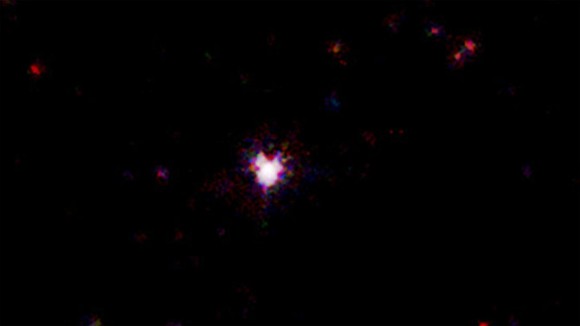
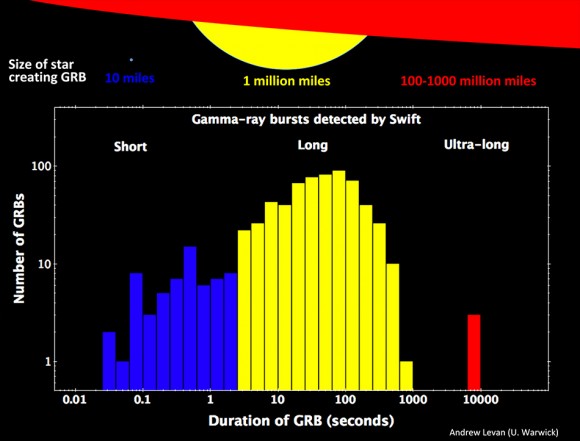


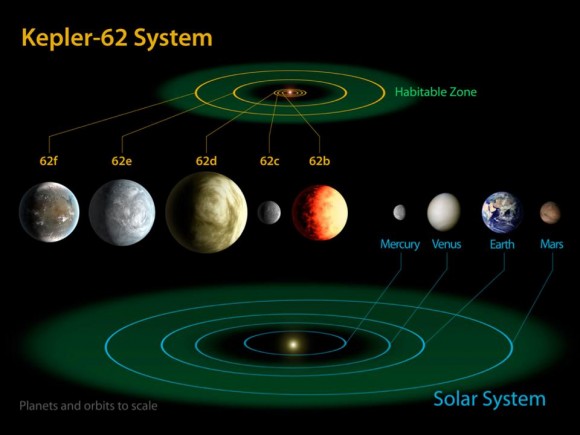
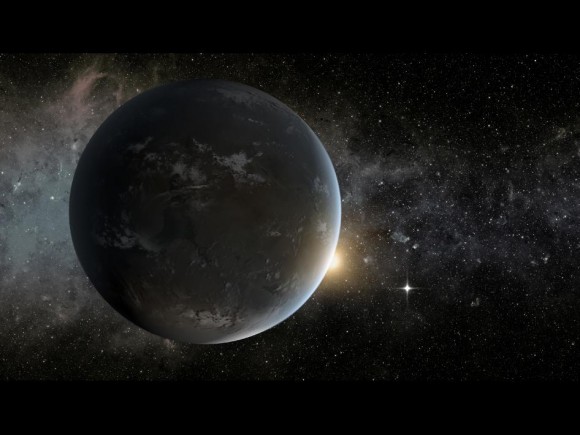
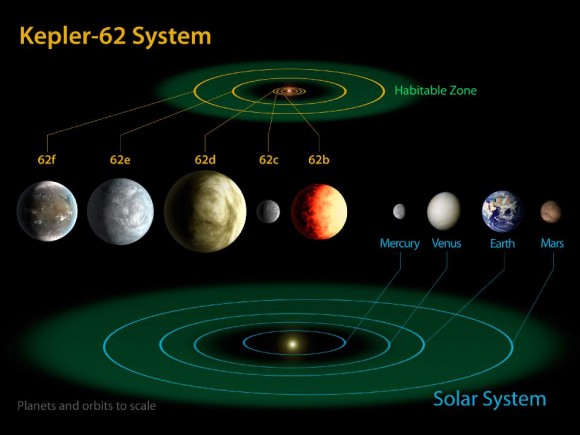
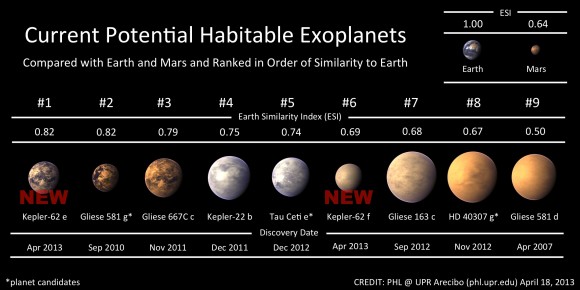
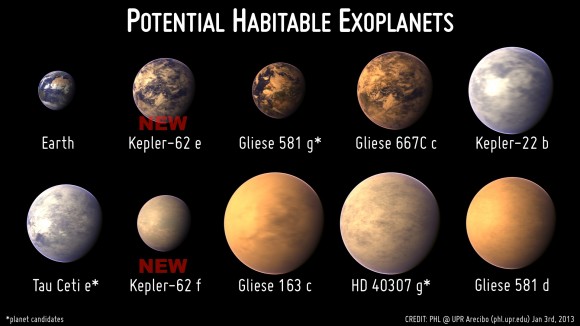
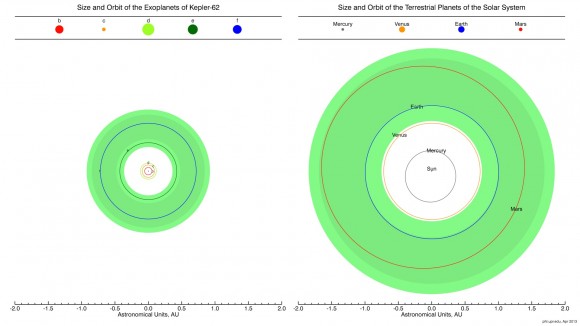














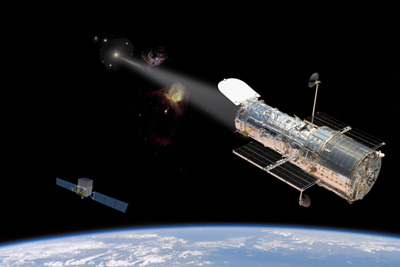
creditshaunbloodworth.jpg)

